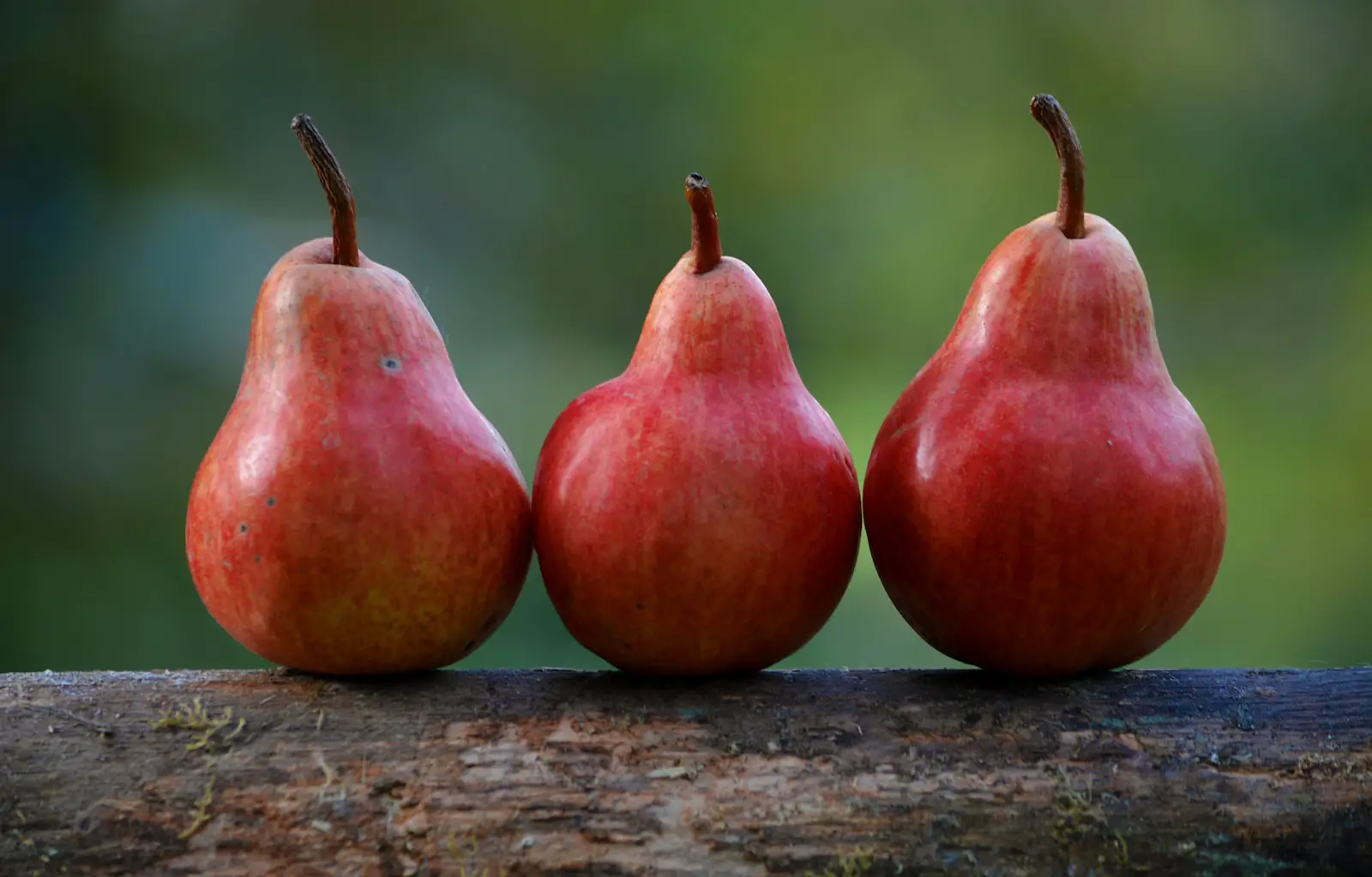Pear Trees are a beloved feature of many orchards and gardens, prized for their succulent fruit and beautiful blossoms. The pear tree’s history is rich, dating back thousands of years, with origins in parts of Europe and Asia. Today, they are cultivated worldwide, contributing to various culinary traditions and representing symbols of health and prosperity.
Growing pear trees can be both a rewarding and challenging experience. The trees are known for their beautiful white blossoms that herald the arrival of spring and for the delicious and nutritious pears they yield. Several varieties are available, ranging in flavor, size, and appearance, catering to different growing conditions and culinary uses.
Understanding the specific needs of pear trees in terms of soil, sunlight, water, and care practices is essential for a thriving tree. Proper maintenance can lead to a bountiful harvest and a healthy, long-living tree that can be a focal point in a garden.
| Aspect | Details |
|---|---|
| Common Names | Pear Tree |
| Botanical Name | Pyrus |
| Family | Rosaceae |
| Plant Type | Deciduous tree |
| Mature Size | 10-20 feet (depending on variety) |
| Sun Exposure | Full sun |
| Soil Type | Well-draining, loamy soil |
| Hardiness Zones | 4-9 |
| Native Area | Europe, Western Asia |
Pear Tree Care
Pear Tree care revolves around understanding the tree’s specific needs in your region. Selecting the right variety is the first step, as different types of pear trees have varying resistance to diseases and adaptability to different climatic conditions.
Regular pruning, proper fertilization, and vigilant pest control are vital. Ensuring that the tree receives enough sunlight, water, and is planted in suitable soil will set the stage for a healthy tree and fruitful harvest.
Light Requirement for Pear Trees
Pear Trees require full sun, meaning at least 6 to 8 hours of direct sunlight per day. The sun encourages healthy growth, flowering, and fruiting. Planting the tree in a location where it can receive unobstructed sunlight is crucial.
Soil Requirements for Pear Trees
Well-draining, loamy soil rich in organic matter is ideal for pear trees. A pH level of 6.0 to 6.5 is preferred. Conducting a soil test and amending the soil with necessary nutrients can enhance the growth and productivity of the tree.
Water Requirements for Pear Trees
Pear Trees need consistent watering, especially during the growing season. Young trees need frequent watering, while established trees require deep watering once a week. Ensuring the soil remains moist but not waterlogged is vital for healthy root development.
Temperature and Humidity
Pear Trees are suited to a wide range of temperatures but thrive in regions where winters are cold enough to provide chilling hours necessary for dormancy. Humidity should be monitored, as excessive moisture can lead to diseases.
Fertilizer
Fertilizing pear trees with a balanced fertilizer in early spring can encourage growth. A soil test can guide the type and amount of fertilizer needed. Avoid over-fertilizing, as it can lead to lush foliage at the expense of fruit production.
Pruning Pear Trees
Pruning is essential to maintain the tree’s shape, encourage airflow, and promote fruiting. Winter or late winter is the best time for pruning, focusing on removing dead, diseased, or crossing branches.
Propagating Pear Trees
Pear Trees are typically propagated through grafting. This process involves joining a selected variety of pear (scion) with a rootstock that imparts specific qualities like disease resistance or growth habit.
How To Grow Pear Trees From Seed
Growing pear trees from seed is possible but challenging, as the resulting tree might not bear fruit that resembles the parent tree. Stratification (cold treatment) of the seeds and careful nurturing can lead to germination, but patience is required, as it may take years to bear fruit.
Common Pests & Plant Diseases
Fire Blight
A bacterial disease causing wilting and blackening of shoots. Prompt removal of affected parts is necessary.
Pear Psylla
A tiny insect that sucks sap and can cause leaves to yellow. Horticultural oils can help control these pests.
Common Problems With Pear Trees
Poor Fruit Development
Often linked to inadequate pollination. Planting different pear varieties nearby can enhance pollination.
Leaf Spotting
Caused by fungal infections, often exacerbated by wet conditions. Proper spacing and pruning can help prevent this issue.
Cankers
Fungal infections that cause sunken areas on the tree’s bark. Pruning away affected areas and avoiding injury to the tree helps control cankers.
Pro Tips
- Choose the right pear variety for your region and needs.
- Plant pear trees in early spring in well-prepared soil.
- Monitor for pests and diseases regularly and act promptly.
- Thin fruit if necessary to avoid overcrowding and enhance fruit size.
- Provide support to branches if heavy fruiting occurs to prevent breakage.




